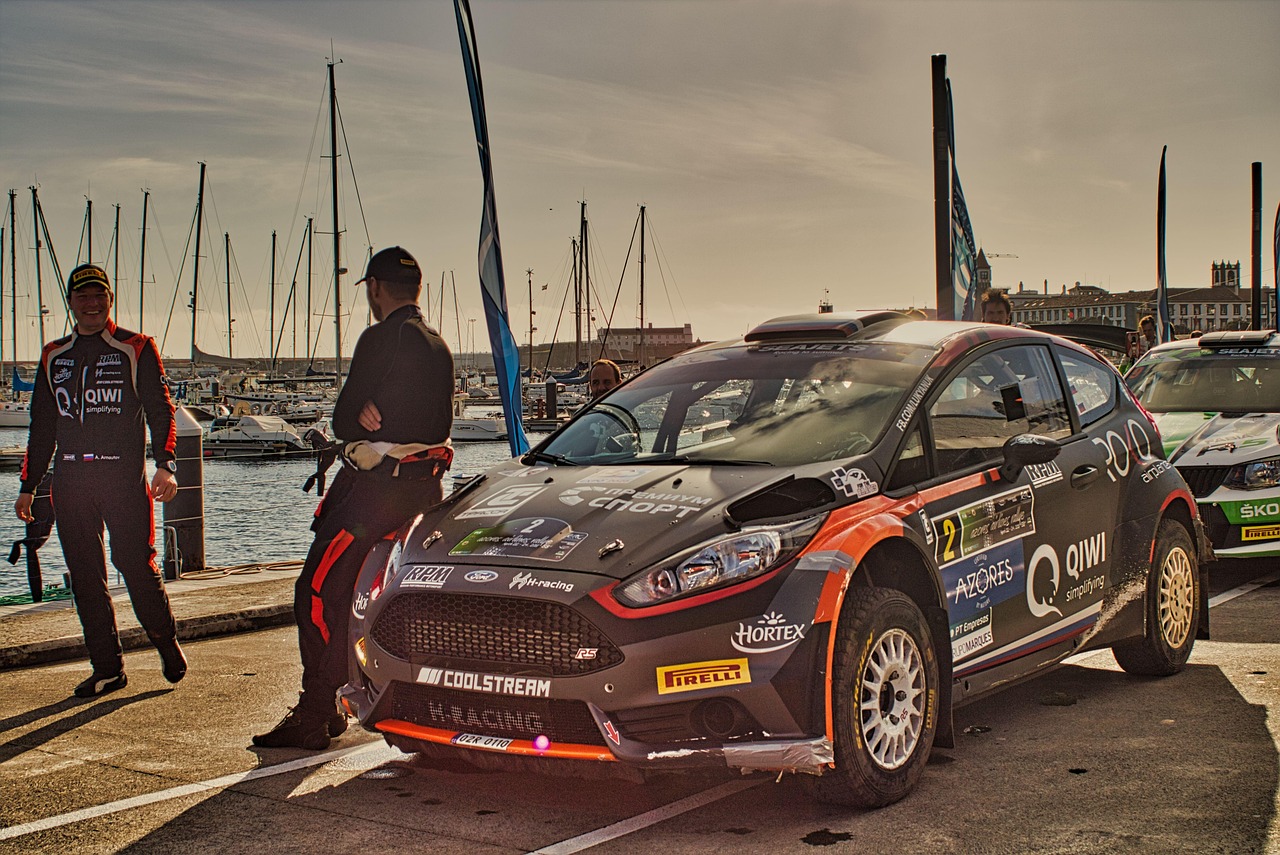Rallying: Thrills, Spills, and Automotive Skills
Introduction: There's more to the world of automobiles than mass-produced sedans and luxury sports cars. Rallying — an adrenaline-packed motorsport that challenges both drivers and vehicles — is an often overlooked sector of the automotive industry. This article delves into the exciting world of rallying, from its historical roots to its current status, providing insights into its unique technology and driving techniques.

Historical Roots of Rallying
Rallying has its roots in the late 19th and early 20th centuries when automobile enthusiasts began organizing competitive events on public roads. The first known event of its kind took place in 1894, from Paris to Rouen, France. It was followed by more challenging races, like the Paris-Bordeaux-Paris race in 1895 and the Paris-Madrid race in 1903. These grueling contests tested both the endurance of the drivers and the reliability of the early automobiles.
Unique Technology in Rally Cars
Rally cars are unique beasts, built to withstand challenging terrains and unpredictable conditions. Unlike their track-racing counterparts, which are designed for speed on smooth tarmac, rally cars must balance speed with durability and adaptability. Key technological aspects include reinforced suspension systems, high-performance all-wheel drive for better traction, and turbochargers for increased power output.
Current Trends in Rallying
Today, rallying is a global phenomenon, with events held all across the world. The World Rally Championship (WRC) is the pinnacle of the sport, showcasing a blend of driving skill, mechanical prowess, and team strategy. However, rallying is not just for the professionals; amateur rally events are growing in popularity, demonstrating the sport’s increasing accessibility.
The Impact of Rallying on the Automotive Industry
The demands of rallying have led to several advancements in automotive technology. For example, the need for better traction in varying conditions led to improvements in all-wheel-drive systems, which are now common in many road cars. Similarly, the durability required of rally cars has influenced the development of more robust components in everyday vehicles.
The Challenges and Future of Rallying
Despite its thrilling nature, rallying faces several challenges. Environmental concerns, particularly about the emissions produced during events, have led to increased scrutiny. However, the industry is responding with innovative solutions, such as hybrid rally cars. As we move into the future, rallying continues to adapt, preserving its unique blend of high-octane excitement and technological innovation.
Rallying presents a unique perspective within the automotive world. It combines the thrill of motorsport with a test of automotive technology and driving skill. As such, it offers a fascinating insight into the broader automotive industry and the ongoing quest for mechanical excellence.




